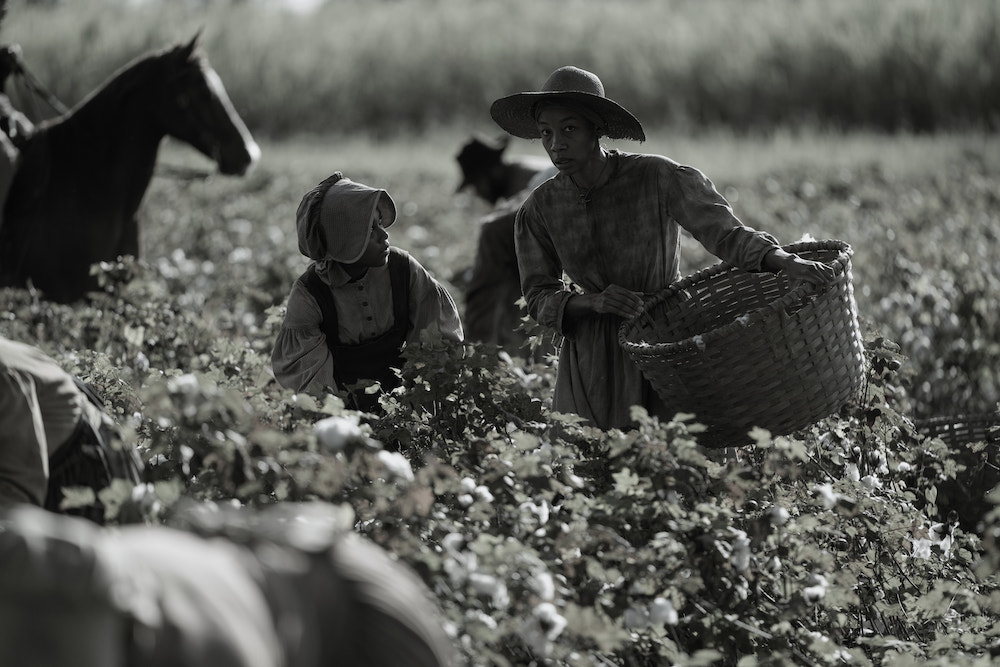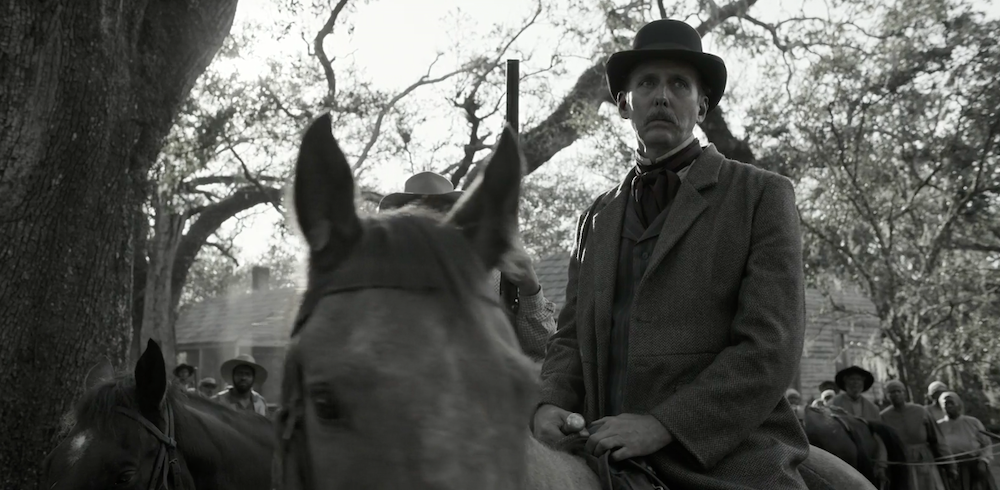Based on a true story, Apple TV+’s ‘Emancipation’ focuses on the life and struggles of a man named Peter. He is enslaved by the family of Captain Lyons and his wife and children are enslaved there too. At the beginning of the film, Peter is removed from his family and sent to build a railroad for the Confederate army. Still, he promises his wife that he will find his way back to them and they will be reunited.
While we don’t get to see much of Captain Lyons or his family, their decisions play an important role in Peter and his family’s story. The location of their plantation becomes very important because this is where Peter has to return eventually. His family knows it too, which is why Dodiennne does her best to stay there, even if it means she has to harm herself. The importance of the Lyons plantation might make you wonder what happened to it after the events of the film. Does it still exist? Let’s find out.
The Fate of the Lyons Plantation: Lost Legacy
No, the plantation owned by John Lyons does not exist anymore. Back in 1863, it was situated in St. Landry Parish in Louisiana. When at the Union army camp, Peter reveals that it is located by the Atchafalaya River. Looking into the real-life story of Gordon (named Peter in the film), it is revealed that Lyons owned a 3,000-acre land and had a cotton plantation. The family also had around 30-40 slaves, one of which was Gordon, who eventually ran away after he found out about the Emancipation Proclamation.

At the end of the film when the Union army arrives at the plantation, we find the slave owners getting executed on the spot. Captain Lyons is shot dead while his family is removed from the house, as the slaves celebrate the news of their freedom. This scene recreates the scenario where several wealthy slave owners were parted from their land and property after the Civil War. Their assets were seized and, in some cases, destroyed. According to an article in The Washington Post, which focuses on a study of the economic situation of slave owners post-the Civil War, several slave owners found a forty percent loss in their wealth by 1870.
Considering this, it is possible that Captain Lyons, too, had his land and property seized. However, this doesn’t necessarily mean that his family became destitute after this. According to Leah Boustan of Princeton University, who conducted an analysis with Katherine Eriksson of the University of California at Davis and Philipp Ager of the University of Southern Denmark, the economic situation of former slave-owning families improved in the next couple of decades or so. It suggests that, by 1880, the sons of slave owners had found their financial footing again, based on the previous connections of their family.
Considering the number of slaves on the Lyons plantation, it can be assumed that Captain Lyons was a man of considerable wealth and resources. This means that he and his children would have had the connections to get back on their feet and build a new life for themselves. They may have gone back into the cotton business or they could have picked a new lane when it came to making money. They may or may not have succeeded in getting back the plantation back then, but as of now, the Lyons plantation does not exist anymore.
Read More: Is Emancipation’s Jim Fassel Based on a Real Slave Hunter?


You must be logged in to post a comment.